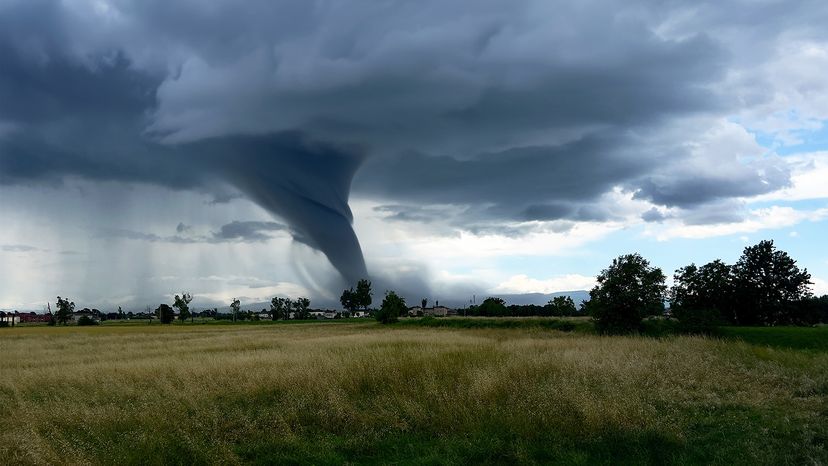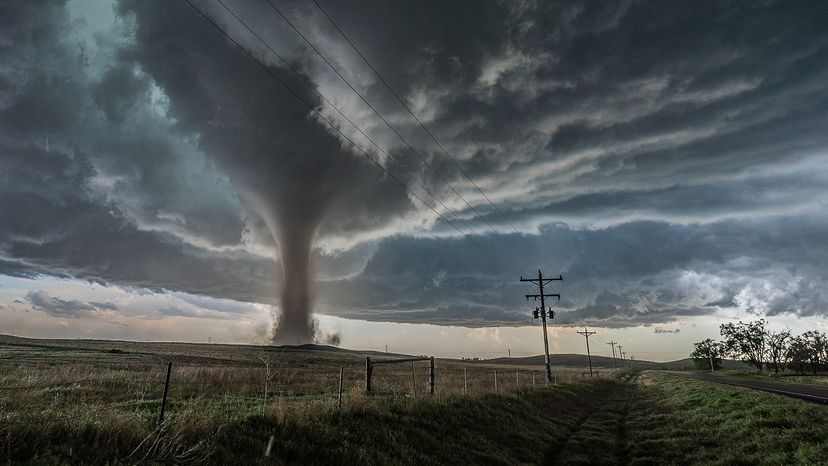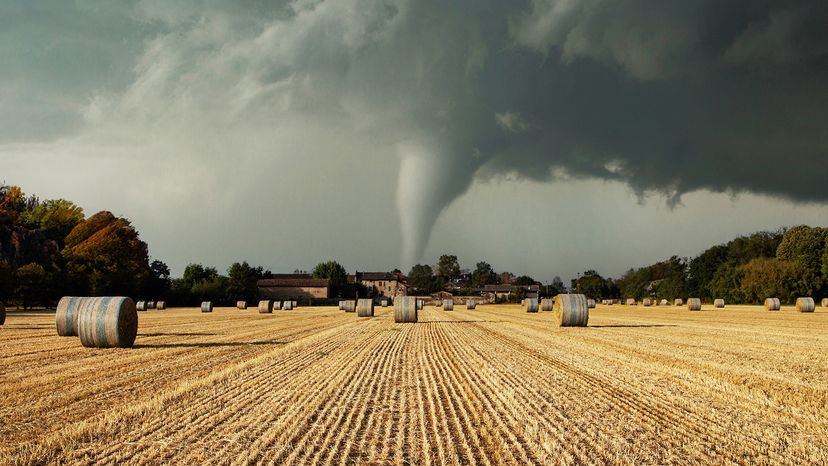
If a student asks you, "Where are tornadoes most common?" you may be able to answer their question in the scope of the U.S., but the global answer depends on geography, climate, and the collision of air masses.
Tornadoes form when cold dry air, warm moist air, and unstable air meet under favorable atmospheric conditions, often triggering severe thunderstorms and extreme weather events.
Advertisement

